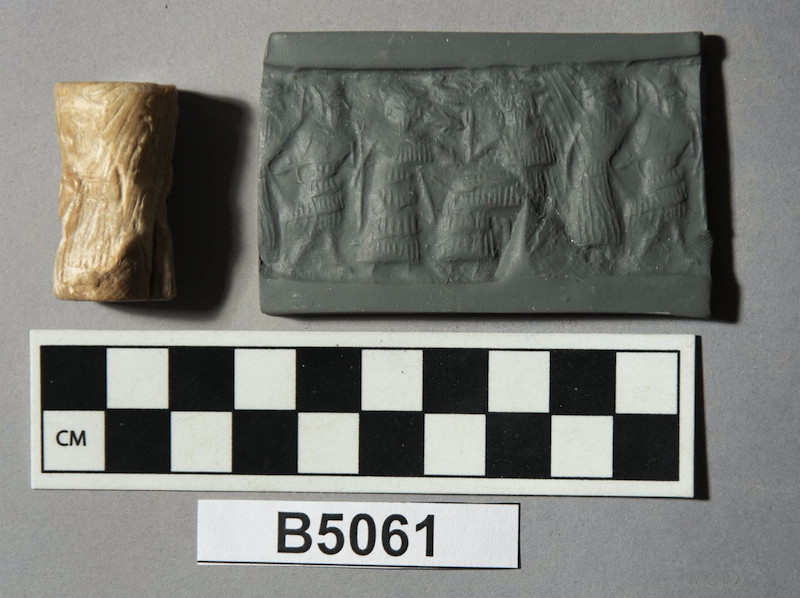
Thread: Beautiful painting by Julia Kostsova "Ivan Kupala Night fortune telling"...Ivan Kupala is East Slavic Midsummer festival. en.wikipedia.org/wiki/Kupala_Ni… 

On Ivan Kupala night, young unmarried women made wreaths of flowers (often lit with candles) and floated them on rivers, "in an attempt to gain foresight into their romantic relationship fortune from the flow patterns of the wreaths on the river".
But the "romantic relationship fortune" of a young woman was mainly determined by which young unmarried men, if any, went after the floating wreath she floated. And which one managed to capture it...
Apparently the young unmarried men did that "in an attempt to capture the wreath and in that way capture the interest of the young woman who floated it".
Ahh the good old times before tinder... 🙂
Ahh the good old times before tinder... 🙂
• • •
Missing some Tweet in this thread? You can try to
force a refresh













